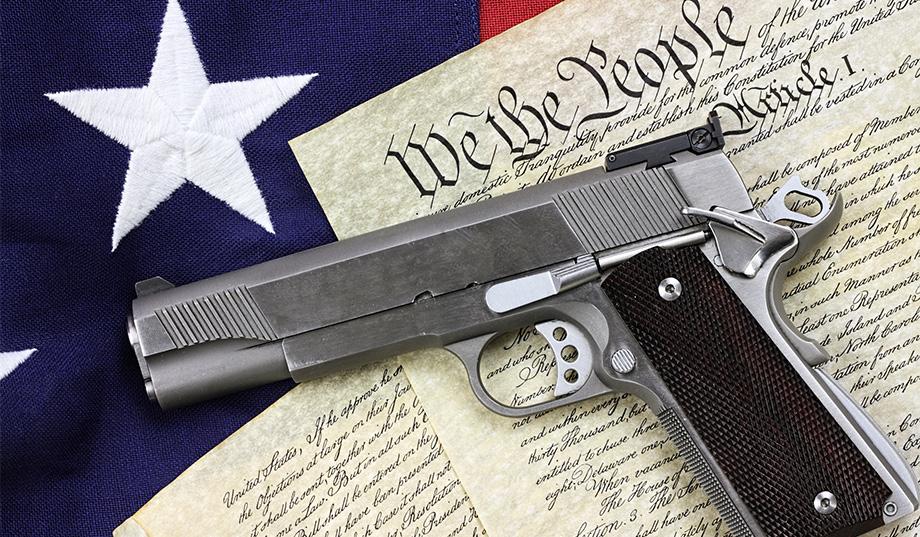Metacamouflage
Not much changed in the first hundred years of military camouflage. For most of the 20th century there had been a unifying goal: prevent your people and things from being seen by the enemy. Want to hide a bunch of tanks? Throw some painted sheets over them and add tall grass as a garnish. Want to hide a person? Print on their clothes so they blend in with whatever’s around them.
The Science
There were challenges to that but a simplicity too: all you had to do was trick someone’s eyes. When you augment those with the advancements in imaging science over the years this gets tricky. Your person with the printed clothes shows up as a smoldering human-shaped mass on a computer screen. Night and thermal imaging tech has become cheaper and more common among world militaries. Hiding from them is taking on greater importance. While early attempts at countering these technologies failed (see US Night Desert, various Warsaw Pact efforts to the same), advanced armies now regularly integrate IR suppression and proprietary signature management features into their uniforms.


As focus shifted away from shapes and colors intended to trick human vision, nations found that camouflage designs could be leveraged for different goals. In the US, a country with an all-volunteer military, it can be a recruitment aid and morale booster. Less than 20 years ago every branch shared two patterns, Woodland and Tricolor Desert. In 2002 the Marine Corps introduced MARPAT. Two watermarked and patented camouflage patterns that led to a wave of branch-specific uniform initiatives. Now the roster of military uniforms in the United States lists nine patterns for four branches. (Probably outdated as soon as written). Around $12M of development started with the Marines saying “We want to look rad and different from the other branches”. Shortly following this was the Army, Air Force, and finally the Navy feeling the same way.
The Arts
Camouflage in the military began with artists, so form has always been a factor and has even outweighed function at times. Soon after MARPAT was released, the Air Force started development on USAF Digital Tiger Stripe, a pattern lacking the ability to hide anyone. This was the first example of a US pattern developed from start to finish driven entirely by aesthetics. There were no field testers standing out in forests or computer comparisons in different environments. It’s metacamouflage, designed to be distinct and attractive. It contradicts the idea of camouflage completely and draws your eyes onto it instead of melding into the background.

Not to be outdone, the Navy designed the US Navy Working Uniform, Type I. This bold, blue pixelated pattern is used by a service where blue terrain is the very last place you’d want to be hidden in; there was even a myth that the fabric reacted to salt water and turned orange if you fell overboard. The only practical use was its ability to hide stains. It turned the NWU print into the environment that dirt camouflaged itself in.
Patterns Upon Patterns

This isn’t just a US phenomenon; every member of NATO besides Iceland uses a unique pattern, and usually multiple. Many countries create one pattern to be worn in garrison and one designed for the environment where soldiers would actually see combat. The conventional pattern becomes more of a national symbol than a military tool. When countries associate colors, cut, or a system of shapes with their uniform it also influences later patterns (Switzerland, Norway, Brazil) and creates a recognizable brand for their forces. Patterns around the world are often watermarked with words. (Burkina Faso, India, Iraq), national symbols (Lithuania, Mexico, Indonesia), and even geographic outlines (Croatia, Jordan, Montenegro).
Metacamo Continued
The metacamo used by the Australian Navy is a great example of branding. It’s a Multicam hybrid pattern (common theme of close US allies), modified with shapes from its traditional national pattern, and using the green and gray colorway from their previous Navy uniform. In addition to the pattern not being designed to hide in any environment, there are silver reflective strips sewn across both sleeves; highlighting the wearer is actually a function of the uniform. Examples of metacamouflage can be seen all over the world with police and government groups taking a particular affinity. Firefighters in Ecuador dress in conspicuous red prints. National police in the Philippines have worn metacamo patterns since the 90’s. The Ivory Coast Gendarmerie uses wild splinter variations for its different divisions.
This isn’t the end of traditional camouflage. Commanders will always seek out ways to hide their forces and advanced sensors haven’t yet become ubiquitous. There will still be a need for combat troops to blend into their environment, but that need is expanding into different spectrums. The future is split for non-combat troops and organizations. There will be a rejection of patterns entirely to cut production costs, but also expect to see a lot more metacamouflage.
This written contribution was provided by resident camo expert, DeLaSurp @delasurp on Instagram.




